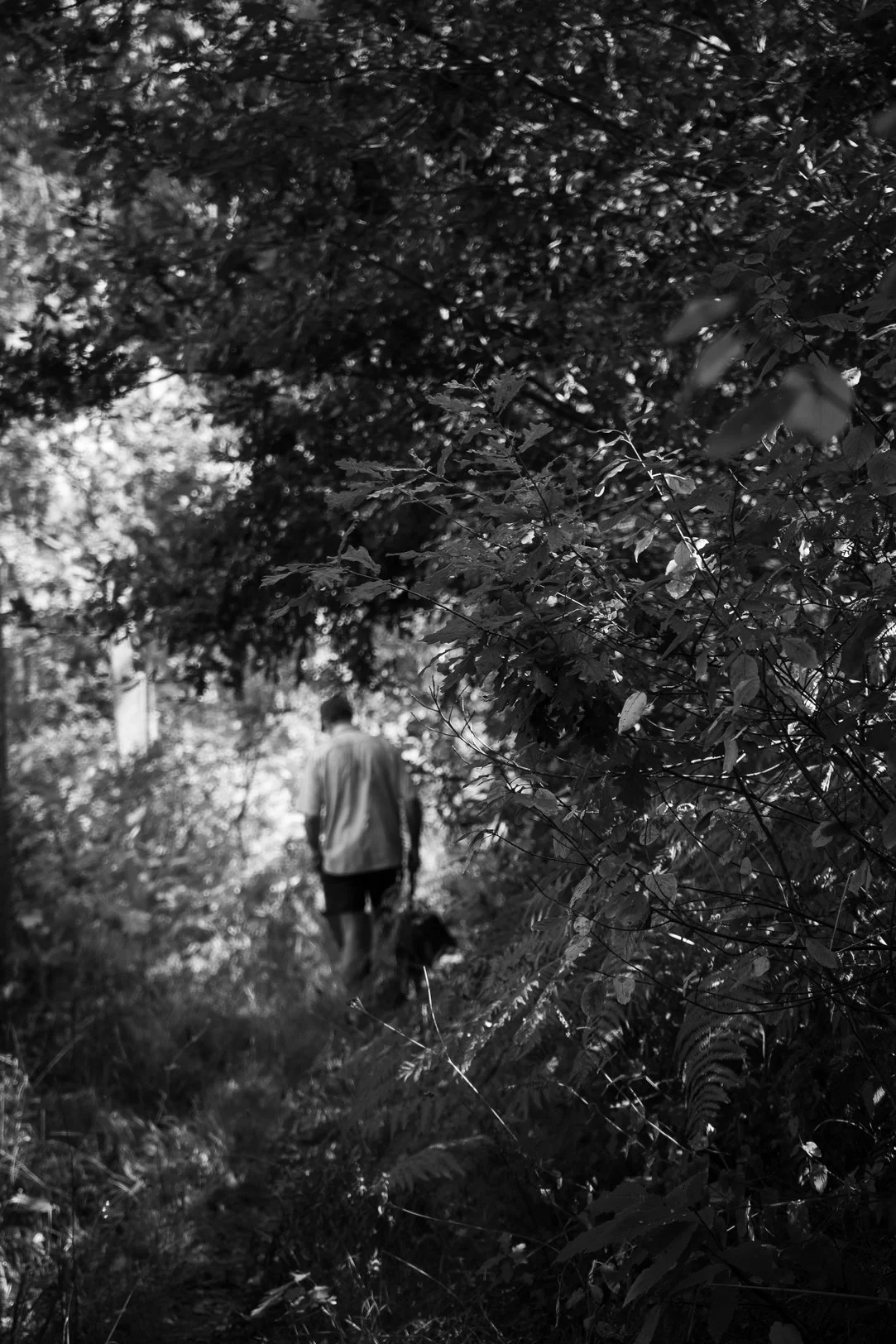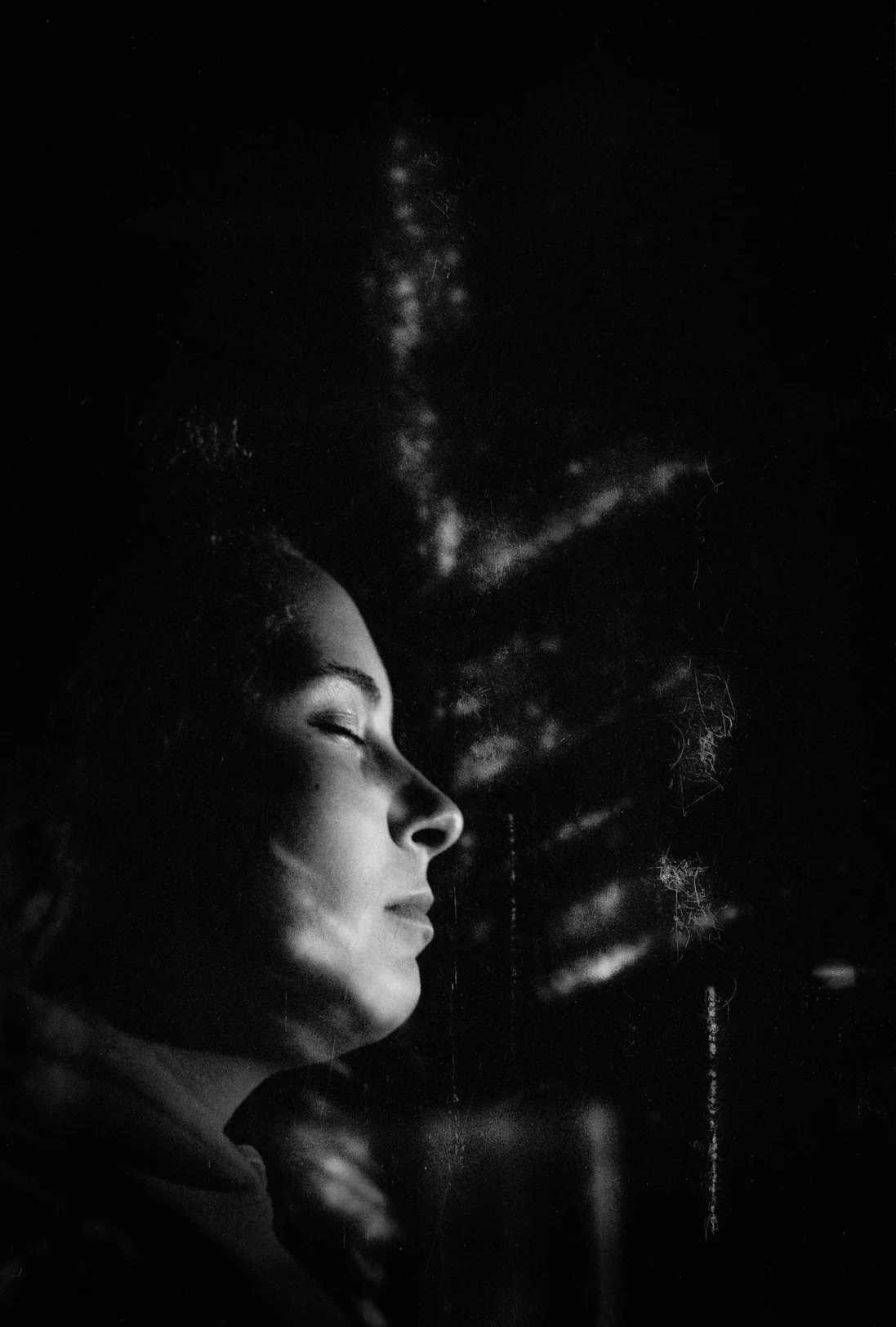Interview
Rui Ferreira
Rui Ferreira is a Portuguese musician and photographer. His artistic base was always music and photography entered later in his life as a new mean of expression. He attended the Professional Photography Course at IPF in Porto where he developed and acquired his artistic and visual skills. Much of his work is based on and inspired by music, in its sensorial part, the feelings it transmits, always aiming to capture the essence of what he is photographing and trying to transmit the respective emotions just as music transmits. He worked as a photographer in a variety of photographic genders, such as architecture, dance, concert, tourism, product, portrait, fine art and music. his work was also exhibited in galleries and chosen by art magazines.
What is your background and how did you start your journey in the art world?
“I was raised in the countryside, surrounded by the forest, and grew up in direct contact with nature, and life in a slow passe. Since I was young music was always something that created a reaction in me and the desire to learn music was even stronger after having contact with my father's vinyl records, but I only started playing an musical instrument in this case a guitar when I was 17. Music was my way of refuge, expression, creativity and identity and my dream was to live from music but later I developed an interest in other forms of art mostly in photography. For me, music and photography work both together, many photography projects that I made are inspired in music, idealizations and scenarios that come to my mind while I listen to music. I learned music by myself with the help of two musicians, and my knowledge and technique in photography was developed in IPF (Portuguese Institute of Photography) in Porto, Portugal.”
What inspires you?
“I am inspired by music, nature, by the human psychology, society, architecture and other forms of art. But light is always what moves me, it is my main tool.”
What themes do you pursue? Is there an underlying message in your work?
“I try to capture the essence of what I am seeing, and to transmit sensations and feelings, it is also how I express myself, I try to express my vision of the world, of what is seen and what is not seen. Many of my works are conceptual and abstract and I want that everyone who sees them to have their own perception of what I am trying to transmit. Each person has his own universe, two persons can be experiencing the same moment together but each one of them has his own reality and perception of that moment.”
How would you describe your work?
“Maybe I would describe my work as a mix of many styles, but mostly Documental, Autoral, Perceptive and many times Minimalist and Abstract I always try to capture the "soul" of what I am capturing. I try to create a "world," a scenario that can capture the attention of the spectator and that may urge curiosity in them, I also try to show things that may not be seen and that may be unnoticed by the other people. It is also always a searching a different way to show reality, and also what is not seen, like our sensorial part, struggles and feelings.”
Which artists influence you most?
“I’m mostly influenced by music, because it was my primary way of expression, and I don't have specific visual artist that were a particular inspiration to me, but I can say some names, for example Luís Barbosa (a Portuguese photographer and my first teacher of Photography), Duane Michaels, René Magritte and Storm Thorgerson.”
“Many of my works are conceptual and abstract and I want that everyone who sees them to have their own perception of what I am trying to transmit.”
What is your creative process like?
“I don´t have a particular creative process, I capture what I feel that must be captured, also when listening to music sometimes there are scenarios and idealizations that are created in my mind and the I try to recreate them physically. Another thing that I do is after analyzing a felling and a idea I connect pictures that I have made in any time and that were not connected before. Other times, I idealize a project and then I create it from scratch.”
What is an artist’s role in society and how do you see that evolving?
“I think that an artist as important role in society, each artist as their own unique perception and vision of reality and of the world, and have their own personal and special way of expressing it. In the future, I think that maybe the role of an artist will be even more intensified, with the evolution of the AI and of the autonomous processes the human factor, something created by another human being, will be more valuable and needed.”
Have you had any noteworthy exhibitions you'd like to share?
“I have been in four exhibitions, in Portugal and in the U.S.A. In Portugal my work was part of the art exhibition "Camarata," an NFT exhibition in The Block Lisboa and a photography exhibition in Paredes de Coura about the project "Escola do Rock paredes de Coura." In the U.S.A, my work was exhibited in a SeeMe art exhibition. I was also chosen by the contemporary art magazines Altiba9 and Artist Close Up to be in one of their issues.”




















